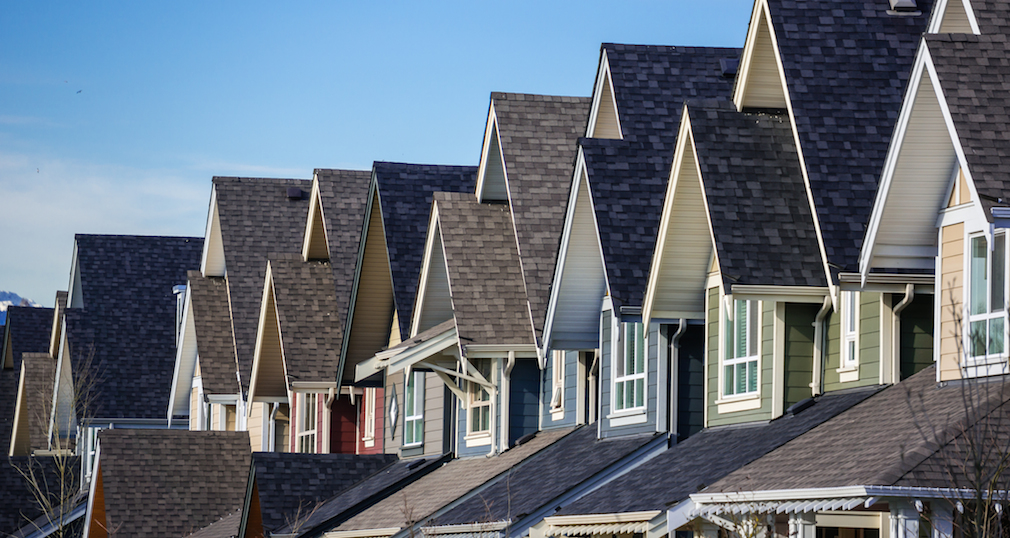Our nation is aging and millions of older adults will struggle to find housing that is both affordable and physically suitable. As co-chairs of the Bipartisan Policy Center’s Senior Health and Housing Task Force, we are releasing a report Monday, which can be seen here, with a set of recommendations that Congress, the administration and states could implement that would enhance the lives of America’s seniors.
Our fundamental proposition is this: greater integration of America’s health care and housing systems will be essential to improve health outcomes for older adults and enable millions of Americans to age in place in their own homes and communities.
As former Secretaries of the Department of Housing and Urban Development, we know that growing the supply of affordable housing is at the root of the challenge before us. It is a national imperative. The alarming scarcity of housing that is safe, affordable, and physically suitable for older adults, particularly those with the most limited financial resources, is not adequately appreciated.
To understand the severity of the problem, consider this fact: In 2013, there were approximately 11.2 million “extremely low-income” renter households, including 2.6 million senior households with no children, competing for only 4.3 million affordable and available rental homes. This supply-demand imbalance resulted in a total shortfall of about 6.9 million homes.
The acute shortage of affordable homes forces low-income households of all ages to spend excessive amounts of income just to pay the rent. However, it is particularly tragic when an older adult, often living alone, must forego essentials like nutritious food and medications to pay for housing.
Absent a comprehensive and sustained effort to increase the supply of affordable housing, the situation will likely worsen as the number of older adults grows.
According to the Harvard Joint Center for Housing Studies, the number of households aged 65-to-74 and 75-and-older with “severe” rent burdens (paying more than 50% of income on housing) will rise by 42% and 39%, respectively, by 2025.
To help close the supply gap, we should expand federal support for one of the most effective tools in our toolkit, the Low-Income Housing Tax Credit. This 30-year old program has encouraged $100 billion in private investment that has helped finance the construction and preservation of more than 2.8 million affordable rental homes.
Greater private investment in affordable housing is needed now more than ever, and the LIHTC is indispensable to encouraging this investment.
The Section 202 Supportive Housing for the Elderly program is another success story, helping hundreds of thousands of older adults find affordable housing with needed services. Yet since 2011, the program has lacked funding for new construction.
While continued funding at adequate levels for rental assistance and service coordination in existing Section 202 properties is critical, we think it is time to create and fund a new federal program for senior supportive housing, one that uses project-based rental assistance and the LIHTC to finance new construction and attract funding from health care programs.
We must also look beyond programs to drive efficiencies and reduce regulatory burdens. If we are going to close the supply gap, federal regulatory policies must work to encourage, not stymie, the production and preservation of new affordable homes.
States and local communities must also embrace permissive land-use policies that encourage alternative housing structures for seniors, such as accessory dwelling units, micro-units, and congregate homes. These policies can be a win-win for everyone – preserving the integrity of neighborhoods while expanding affordable housing options.
In building new affordable units and preserving the old, universal design features are a necessity. Structurally, U.S. homes and communities have also not been built for older adults to live safely.
Just 3.8% of housing units in the United States are suitable for individuals with moderate mobility difficulties. To mitigate the likelihood of social isolation, falls-related injuries, and other negative health outcomes, we must broadly promote universal-design features like no-step entries and single-floor living that can make homes safer for older adults.
To this end, the federal government should work on an interagency basis to coordinate resources available for home modifications to support aging-in-place. States and municipalities should establish and expand programs to assist low-income seniors with home modifications through property tax credits, grants, or forgivable loans.
Increased awareness and intergovernmental collaboration are key to more effectively deploying resources to create and sustain healthier home and community environments. Doing so has great potential to improve health outcomes and reduce costs.
While much more must be done, policymakers and practitioners are starting to catch up. New demonstration projects and programs are popping up that recognize the importance of the home setting to wellness. We must bring these successful programs to scale nationally.
BPC established the Senior Health and Housing Task Force to draw public attention to these very serious concerns. After a year of expert input and study, we now offer solutions and a bipartisan agenda. There is a significant upside to recognizing that healthy aging begins at home, but we all must commit to action.






